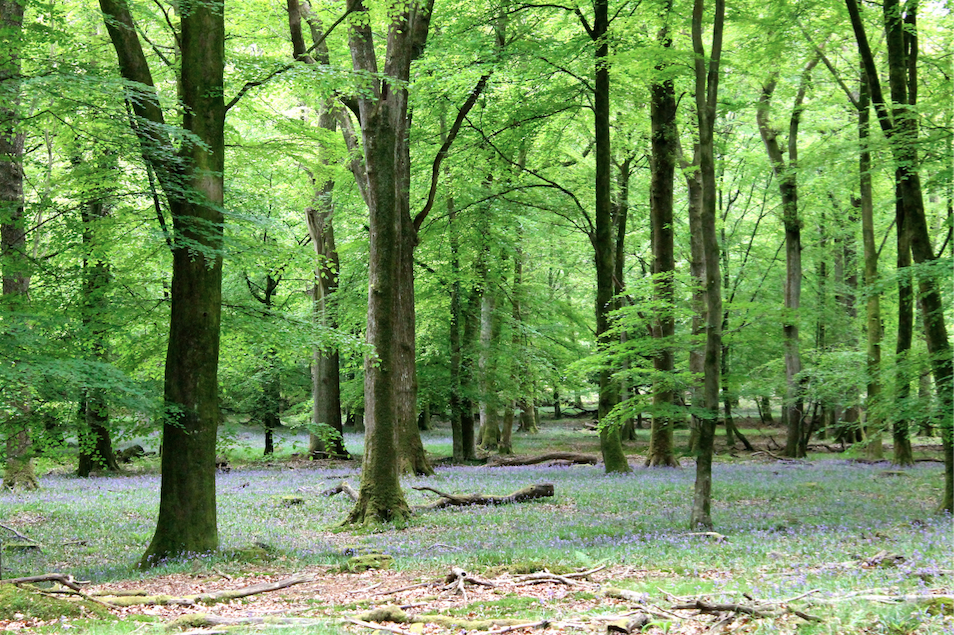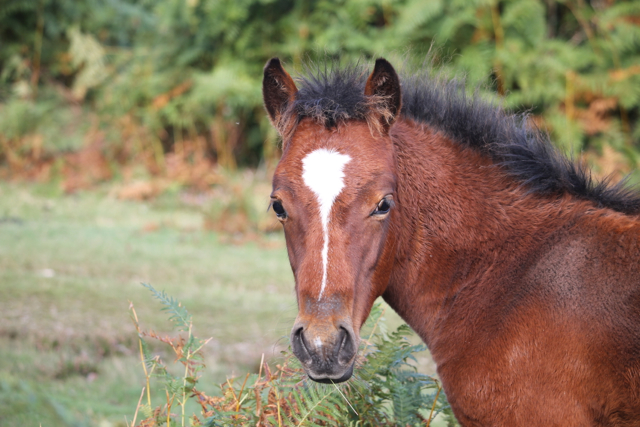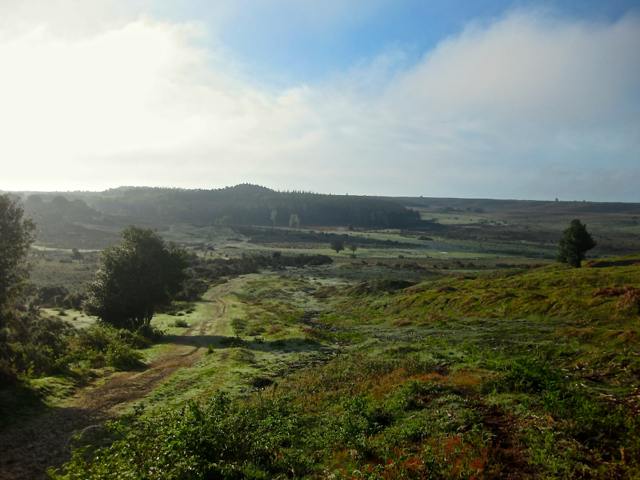
In times past the large scale theft of timber was rife in the New Forest.
The New Forest is often described as a mosaic of habitats, which include heathland, valley mires and ancient pasture woodland. Within these varied environments grow all manner of plant life, from the tiny bog orchid (Hammarbya paludosa) up to the giant sequoia trees (Sequoiadendron giganteum). Visitors are often reminded not to pick or remove any of the Forest’s wild flowers – but to leave them for everyone to enjoy.[1] However, there was a time when the Forest’s natural resources were exploited shamefully and even its trees were removed wholesale by unscrupulous ‘forest plunderers’ who would profit from the timber they stole.[2] It was reported at the end of the eighteenth century that ‘the borderers of the Forest, some of the most abject and wretched people in the country, used to live by forest timber stealing; and such was their dexterity that several of them combined together could, during the night, fell an oak and carry it off undetected’.[3]
Confusion and corruption
By the middle of the nineteenth century the tree stealers had become more brazen and ‘persons with horses and wagons roam through the forest, cut down and carry off what timber they pleased’.[4] These thefts went unchallenged because the trees were felled and carried off in broad daylight with such boldness since ‘it was not imagined that any but authorised persons would do it’.[5] But confusion due to the illiteracy of the carriers was also cited as a cause of quantities of missing felled trees. Carters sent to collect loads from the forests or sales yards, being unable to read the names of their employers marked on the timber, ‘were in the habit of taking what timber they pleased and hurrying out of the forest with it as soon as possible.’[6] At other times timber reserved for the royal navy had the official stamp removed and private marks substituted. The lack of superintendence was seen as a contributory factor to the tree thefts even though the administration of the New Forest in the mid-1850’s consisted of a Lord Warden, a Deputy Warden, a Bow Bearer, two Rangers, a Woodward and Deputy Woodward, four Verderers, a High Steward, twelve Regarders, nine Foresters, fifteen Under Foresters, a Surveyor of the Navy, a Surveyor General, and three Deputies.
Sylvan deities and roaming policemen
In the nineteenth century the Forest was surrounded by timber merchants, and many of them (if not all) traded in stolen timber. The thieves would often store the stolen timber outside the plantations of the estates of the gentry to make it appear as if the timber had been harvested legitimately. ‘When any questions were asked Lady Poore’s estate of Cuffnells, and other estates, were impudently mentioned as places from which the timber had been purchased.’[7] It was reckoned from the amount of times the estate of Cuffnells had been mentioned in relation to the timber alleged to have been grown there, that Lady Poore was considered to have the best wooded estate in the world! But an investigation led by Lord Duncan, in 1849, began to close in on the thieves. One of the local timber merchants was committed to Winchester gaol when it was discovered that although he had sold 244 loads of timber he had not purchased any to sell. Clearly he had been receiving stolen timber. A newspaper reported that ‘pan and the sylvan deities have vanished from the forest, and policemen are now roaming over their beautiful retreats’.[8] It was hoped that ‘timely exposure and investigation’ would inhibit future thefts of Forest timber ‘if they are not altogether prevented’.[9]

The New Forest is home to all manner of life forms large and small.
[1] Forestry Commission website: http://www.forestry.gov.uk/forestry/infd-6e3gbf (Update: 1st June 2016), [accessed 3 June 2016].
[2] ‘The Timber Stealers in the New Forest’, Hampshire Telegraph and Sussex Chronicle (Portsmouth, England), Saturday, August 19, 1848; Issue 2550.
[3] Ibid.
[4] Ibid.
[5] Ibid.
[6] Ibid.
[7] Ibid.
[8] Ibid.
[9] Ibid.























You must be logged in to post a comment.